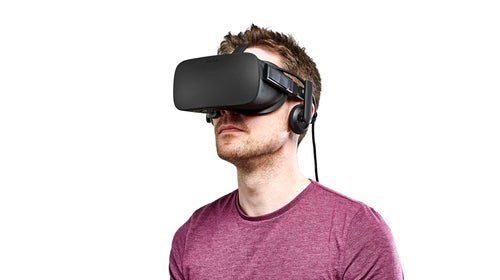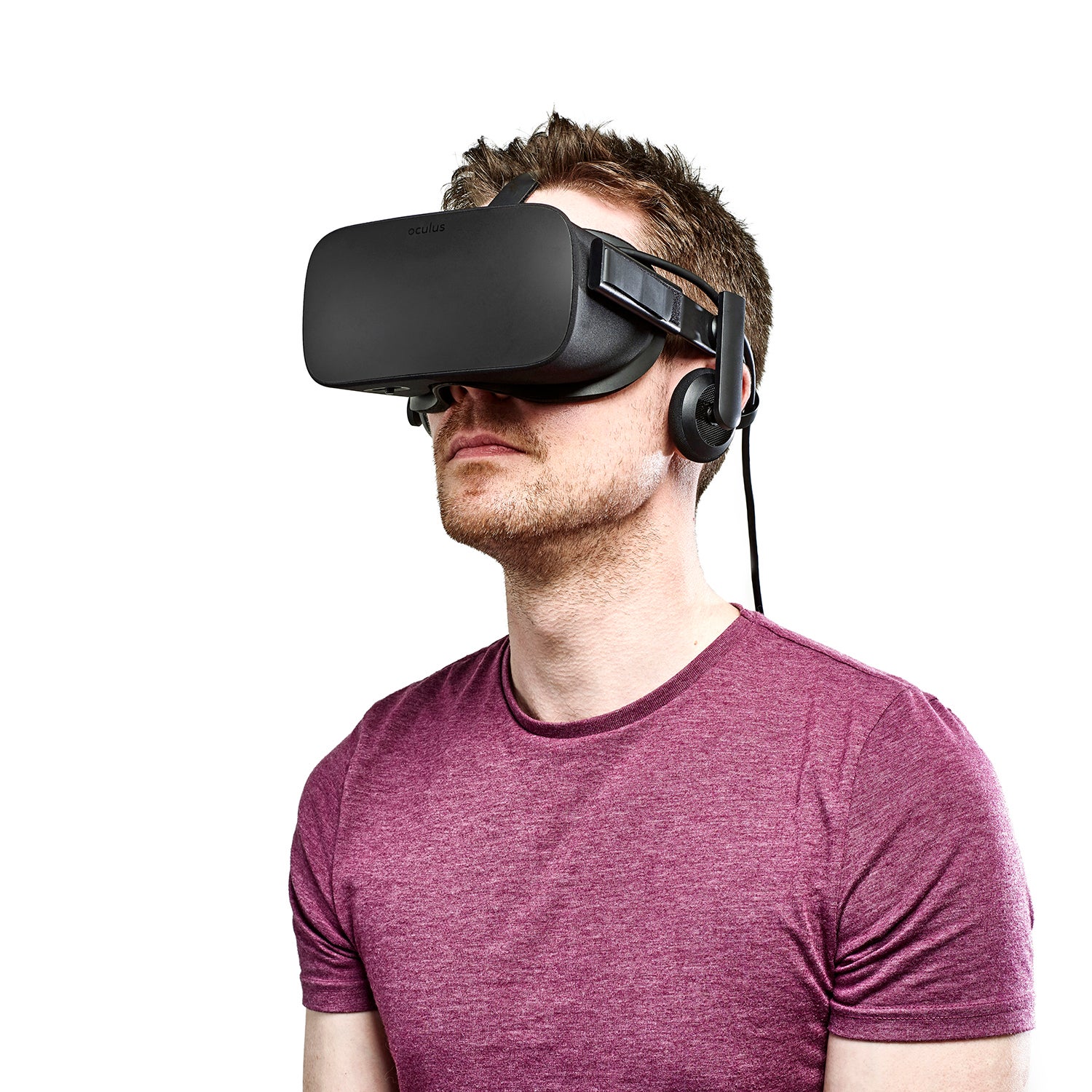Team USA is embracing new technology to give them an extra boost at this year’s Games.
Couch Skiing
Before American ski racers push through the gate at the Jeongseon Alpine Center in February, they will have already run the downhill course hundreds of times. Sort of.
In the winter of 2016, a handful of engineers from , a Silicon Valley–based virtual-reality production company, decamped for South Korea. Over a few days, a U.S. Ski Team coach skied the Olympic track several times, filming the course with a 360-degree camera attached to his helmet. Strivr loaded that footage into a pair of $400 , which the team’s athletes can wear to examine the course in high-definition 3-D, memorizing every turn, jump, and roll on the slope. Athletes can also adjust the lighting, which gives them the opportunity to experience what the route will look like in varying weather conditions. “In the past, coaches would film the course and we’d watch it on our computers,” says Andrew Weibrecht, a two-time Olympic medalist in the super-G. “But with VR goggles, you can look left and right and get a real sense of the terrain. The more I can see the way things are coming at me, the better prepared I am.” Best of all? The U.S. is the only team using the tech.
Omegawave
Since 2016, when U.S. speed skaters began using , a device that measures heart-rate variability, the team has seen a 30 percent reduction in days lost to injury or illness. An athlete straps a heart-rate monitor to their chest for five minutes when they wake up in the morning. The measurements are then sent to the skater’s coach, via an app, to determine if their nervous system is in a more sympathetic (fight or flight) or parasympathetic (resting) state. If it’s sympathetic, coaches assign endurance exercises. If it’s parasympathetic, power exercises like lifting and sprints are on the docket.
SleepRate
American speed skaters have also been using , a disc that goes underneath a mattress and pairs with an app to provide information about light, deep, and REM sleep. If an athlete isn’t getting enough deep sleep, coaches will back off from training and prescribe rest. It seems to be working: since skater Mia Manganello began using the device last year, she says her training has improved, allowing her to tie a U.S. record in the 3,000-meter event.
Strobe Glasses
Almost everybody has a dominant eye. That doesn’t affect most of us much, but it can cause ski racers to develop a weaker turn on one side. To fix that, members of the U.S. alpine team have been wearing strobe glasses while performing various conditioning moves, like balancing on an exercise ball. By strobing the dominant eye, the glasses help strengthen the other one, which athletes say has improved weaker-side turns.
Halo
The U.S. Nordic Combined Team, which competes in both ski jumping and cross country, has been using a device called that delivers low-level electronic stimulus to the brain’s motor cortex. Between December 2015 and June 2016, the team conducted a study that showed that jumpers using Halo improved twice as much as a control group, increasing jump height and decreasing the wobble that hampers flight.
Game-Changing Prosthetics
When pulls on a new pair of racing pants, he rolls the left leg up to the knee to expose 8.5 inches of anodized aluminum rising out of his boot. The effect is like something from The Terminator, but the hardware is actually a Fox DHX Air 5.0 mountain-bike shock. Schultz is advertising his handiwork.
Schultz and developed the Moto Knee for his own personal use. Then, in 2011, para-snowboarder Keith Deutsch asked Schultz if he could try it out. Schultz had never snowboarded, but he quickly learned the basics so he could test the device for a potential customer. Deutsch was ecstatic with the results, and Schultz started selling it to hundreds of para-athletes.
He also continued snowboarding, and when the sport was added to the 2014 Games, the lure of a gold medal was hard to ignore. At the Paralympics in Pyeongchang, Schultz is chasing victory in boardercross and banked slalom, alongside nearly 20 athletes who will be using his products.
But Schultz says he doesn’t mind losing to a competitor outfitted with one of his inventions: “The equipment is why I’m here.” —Brett Smith
To learn more, visit . The Olympics begin live on Feb 8.


